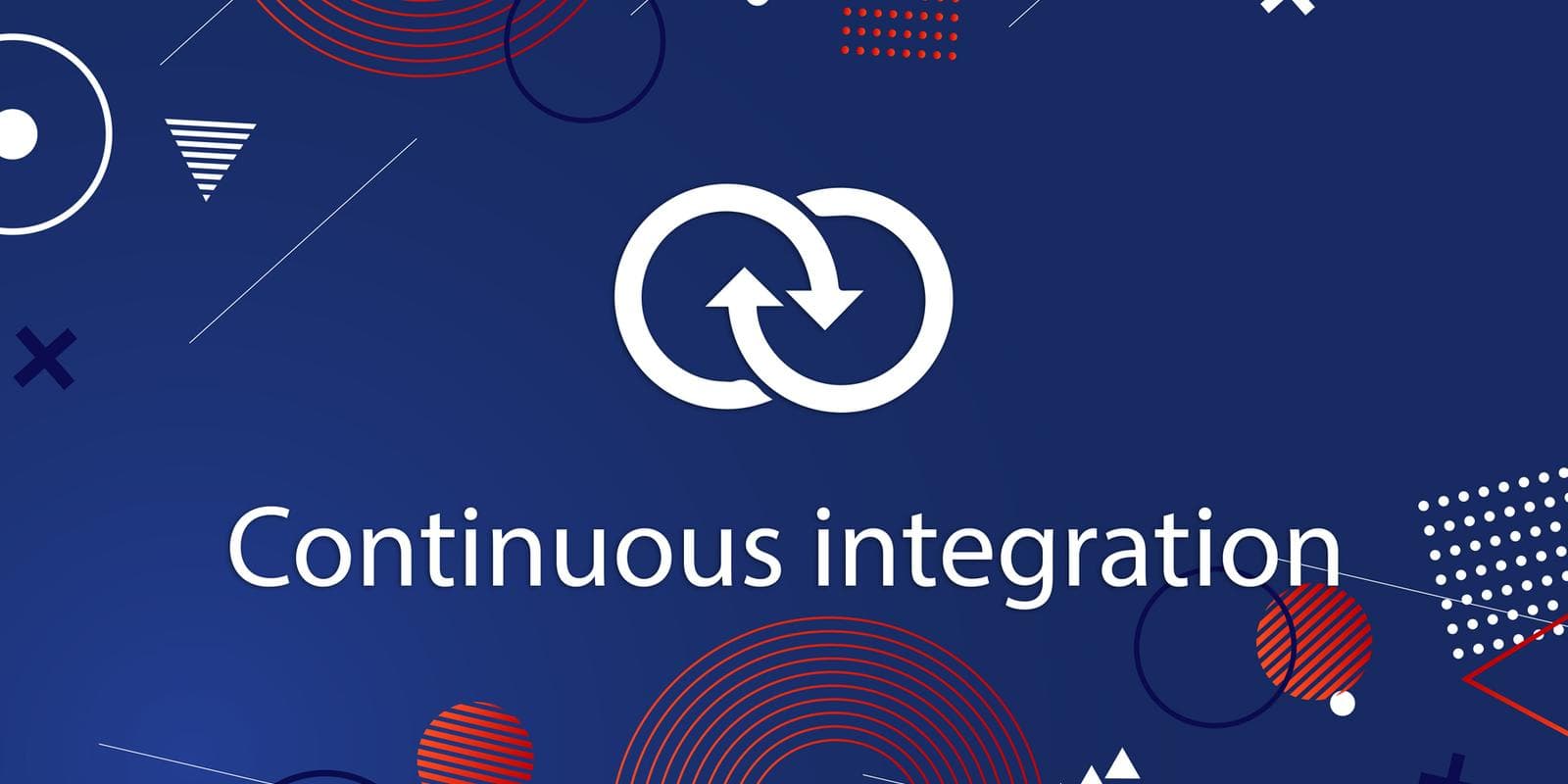In today’s fast-paced digital landscape, delivering high-quality applications and websites is crucial for maintaining a competitive edge. Continuous Integration (CI) is a development practice that plays a significant role in achieving this goal. By automating the integration of code changes and streamlining the development process, CI enhances collaboration, reduces errors, and accelerates delivery. This article explores the importance of Continuous Integration in app and web development, its benefits, and best practices for successful implementation.

Table of Contents
ToggleWhat is Continuous Integration?
Continuous Integration is a software development practice where developers frequently integrate their code changes into a shared repository. Each integration is automatically tested to detect issues early in the development process. The primary aim of CI is to improve the quality of software and reduce the time taken to deliver new features.
The Importance of Continuous Integration
- Early Detection of BugsOne of the key advantages of CI is the ability to detect bugs and integration issues early in the development cycle. By running automated tests every time code is committed, developers can identify problems before they escalate, significantly reducing the time and effort required to fix them.
- Faster Development CyclesContinuous Integration facilitates faster development cycles by automating the build and testing processes. This automation allows developers to focus on writing code rather than manual testing and integration tasks. As a result, teams can deliver new features and updates more rapidly, responding quickly to market demands and user feedback.
- Enhanced CollaborationCI fosters better collaboration among team members. With a shared code repository and automated tests, developers can work simultaneously on different features without the fear of conflicting changes. CI tools often provide notifications and reporting, keeping the entire team informed about the status of the codebase and any integration issues that arise.
- Improved Code QualityAutomated testing is a cornerstone of Continuous Integration. By implementing unit tests, integration tests, and end-to-end tests, teams can ensure that new code adheres to quality standards and does not break existing functionality. This focus on testing contributes to a more stable and reliable application.
- Easier DeploymentCI simplifies the deployment process by ensuring that the codebase is always in a releasable state. With automated builds and tests, teams can deploy updates more frequently, reducing the time between code changes and production releases. This capability is especially valuable in a world where user expectations for immediate updates are high.
Best Practices for Implementing Continuous Integration
- Use a Version Control SystemA version control system (VCS), such as Git, is essential for CI. Ensure that all team members use the same VCS to manage code changes effectively. This practice helps maintain a single source of truth for the codebase and enables efficient collaboration.
- Automate Builds and TestsSet up automated build and testing processes to ensure that code changes are tested consistently. Use CI tools like Jenkins, CircleCI, Travis CI, or GitHub Actions to automate these tasks. Create a pipeline that runs tests every time code is committed to the repository.
- Keep the Codebase StableEncourage developers to commit their changes frequently and ensure that the codebase remains stable. Implement practices such as feature branching, where new features are developed in separate branches and merged into the main branch only after successful testing.
- Implement Code ReviewsIntroduce a code review process to ensure that changes are scrutinized before merging. Code reviews help catch potential issues early and promote knowledge sharing among team members.
- Monitor and Optimize CI ProcessesContinuously monitor your CI processes to identify bottlenecks and areas for improvement. Regularly review build times, test results, and failure rates to optimize the efficiency of your CI pipeline.
- Provide Clear DocumentationMaintain comprehensive documentation of your CI processes, tools, and configurations. This documentation will help onboard new team members and ensure that everyone understands how to contribute effectively to the CI pipeline.
Conclusion
Continuous Integration plays a vital role in modern app and web development by enhancing collaboration, improving code quality, and accelerating delivery cycles. By adopting CI practices and tools, development teams can detect issues early, respond quickly to user feedback, and maintain a competitive edge in the market. As the digital landscape continues to evolve, embracing Continuous Integration will be essential for organizations looking to thrive in an increasingly fast-paced environment.


No responses yet